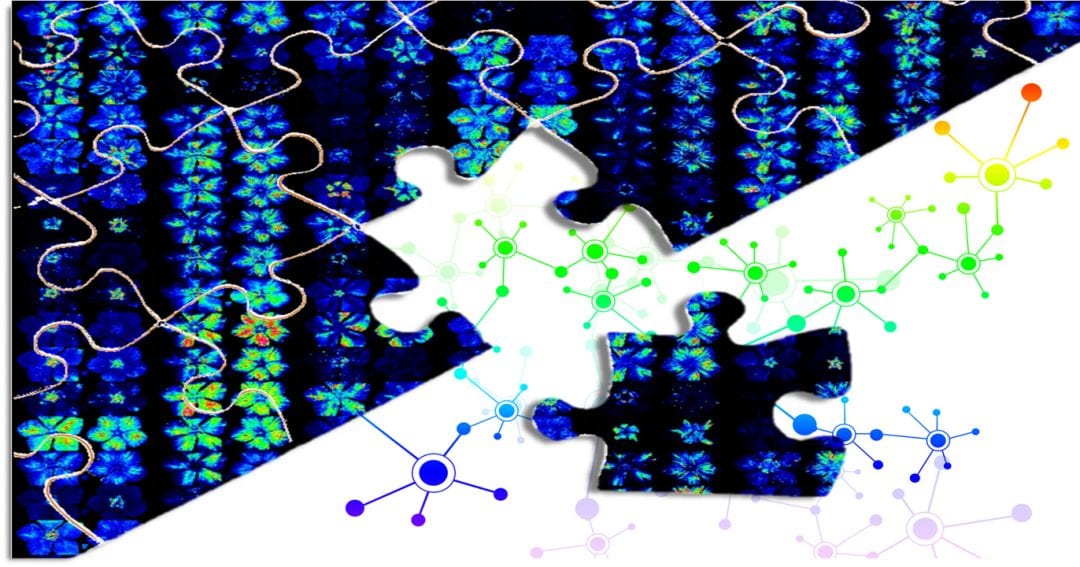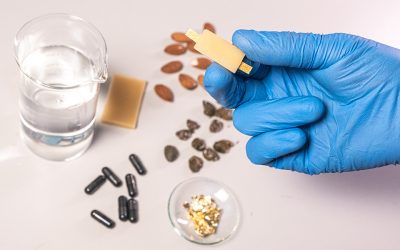Imaging mass spectrometry (IMS) is a type of mass spectrometry that can map the spatial distribution of molecules in situ, providing important qualitative and quantitative information. After decades of development, many different types of IMS techniques have become available for use today. In their advanced review in WIREs Systems Biology and Medicine, Dr. Ying-Ning Ho, Mr. Lin-Jie Shu, and Dr. Yu-Liang Yang from the Agricultural Biotechnology Research Center, Academia Sinica, Taiwan, introduce the IMS techniques available for exploring metabolites in biological interactions.
The review introduces the capabilities and limitations of current IMS techniques, and discusses the most suitable IMS techniques for individual experiments. For example, matrix-assisted laser desorption/ionization (MALDI) IMS tends to ionize large molecules with little molecular fragmentation and can achieve high spatial resolution, but has high interference when detecting low molecular weight metabolites. On the other hand, desorption electrospray ionization (DESI) IMS, an ambient ionization system, has been a popular choice to present the spatial distribution of molecules with little or no sample preparation and no matrix interference. The spatial resolution of DESI IMS, however, begs improvement.
Other aspects that researchers need to focus on are sample preparation, metabolite identification, and quantification approaches, which are crucial for harvesting and analyzing IMS data. Each IMS technique is uniquely suited to certain types of analytes and requires proper sample preparation to return useful data. Metabolite identification deduced from mass spectrometry data has been accelerated by many new tools and databases, such as Global Natural Products Social Molecular Networking (GNPS). Quantification, originally one of main weaknesses of IMS, has been improved using various approaches that are discussed in the article.
To take advantage of the strengths of each type of IMS while overcoming the weaknesses, multiple IMS techniques, or other imaging analyses, have been used in combination. The use of fluorescence and staining techniques, confocal Raman microscopy, magnetic resonance imaging, and others allows researchers to visualize the molecular interactions between cells, tissues, and organisms, providing insights into intra- and inter-species relationships, from microbes to plants and animals.
Text contributed by the authors.

















